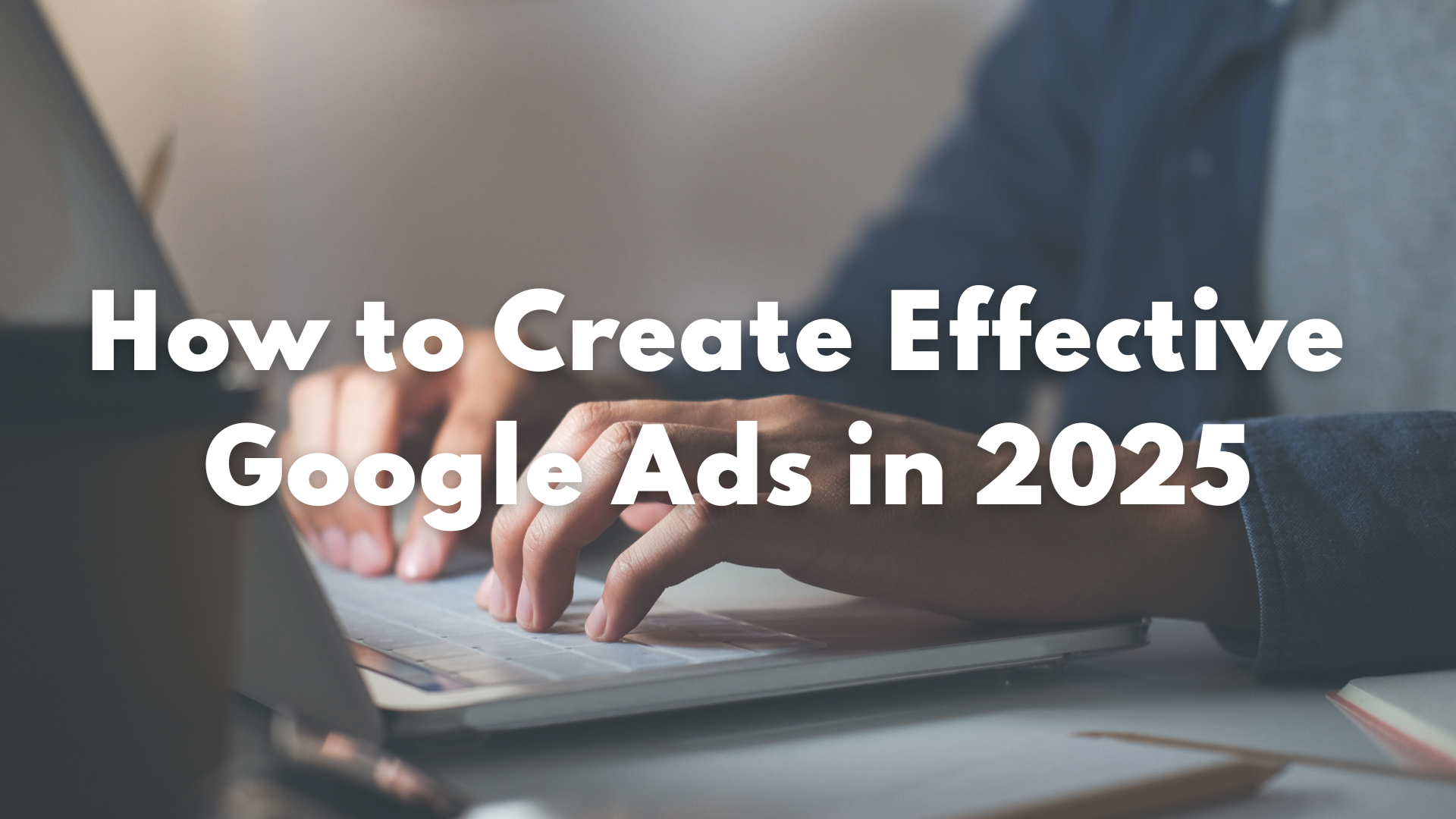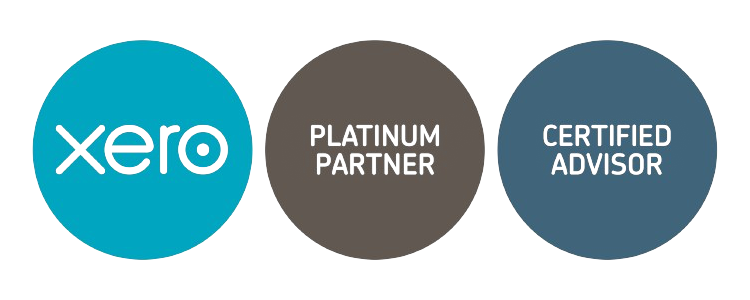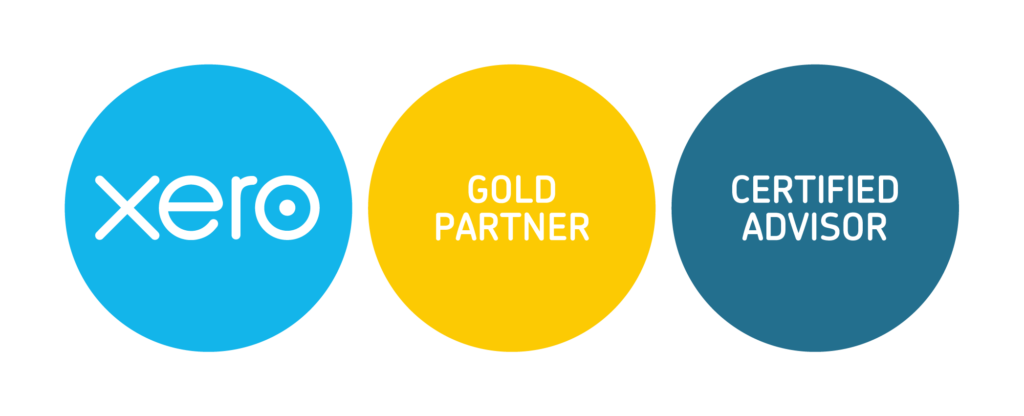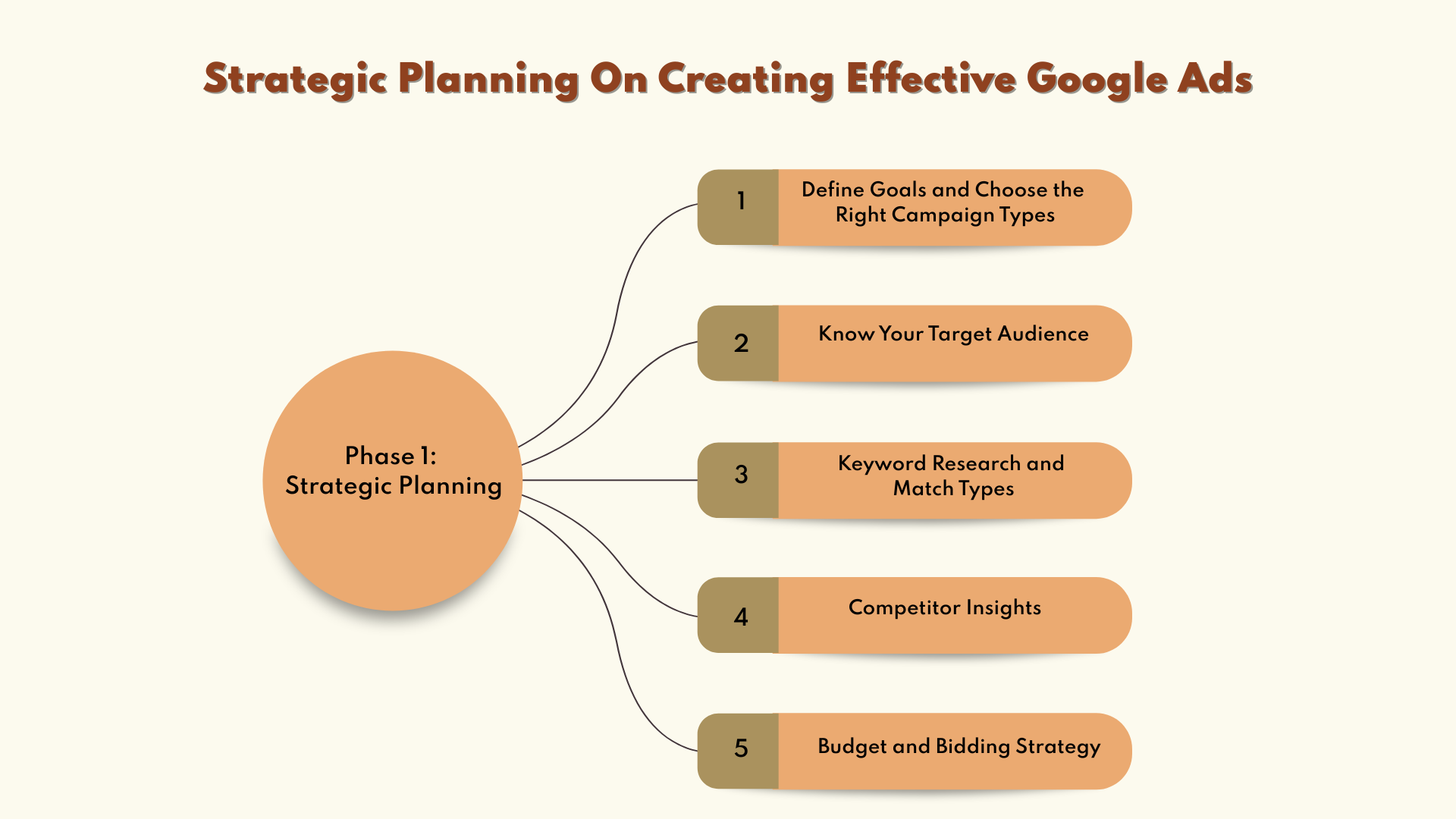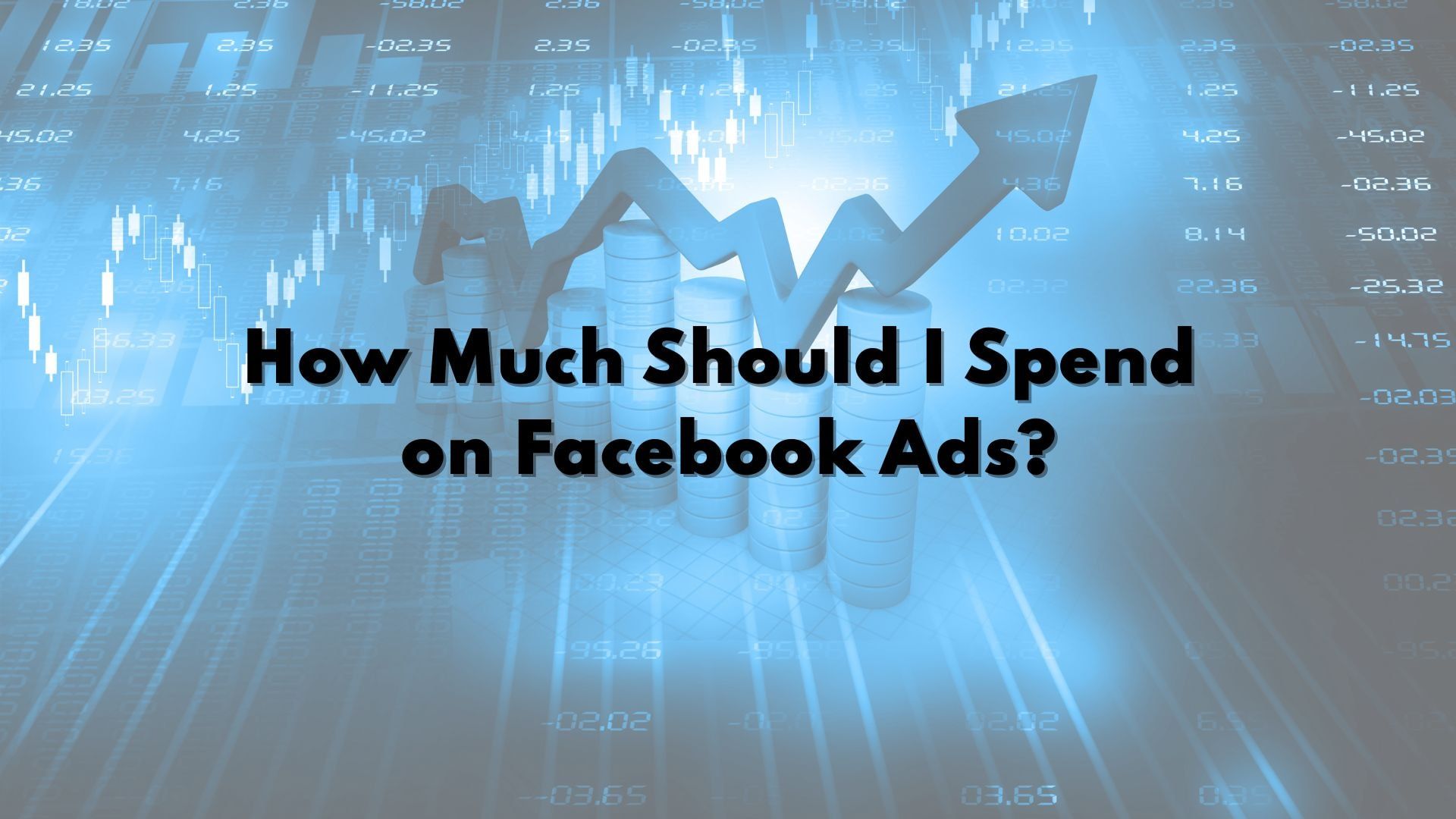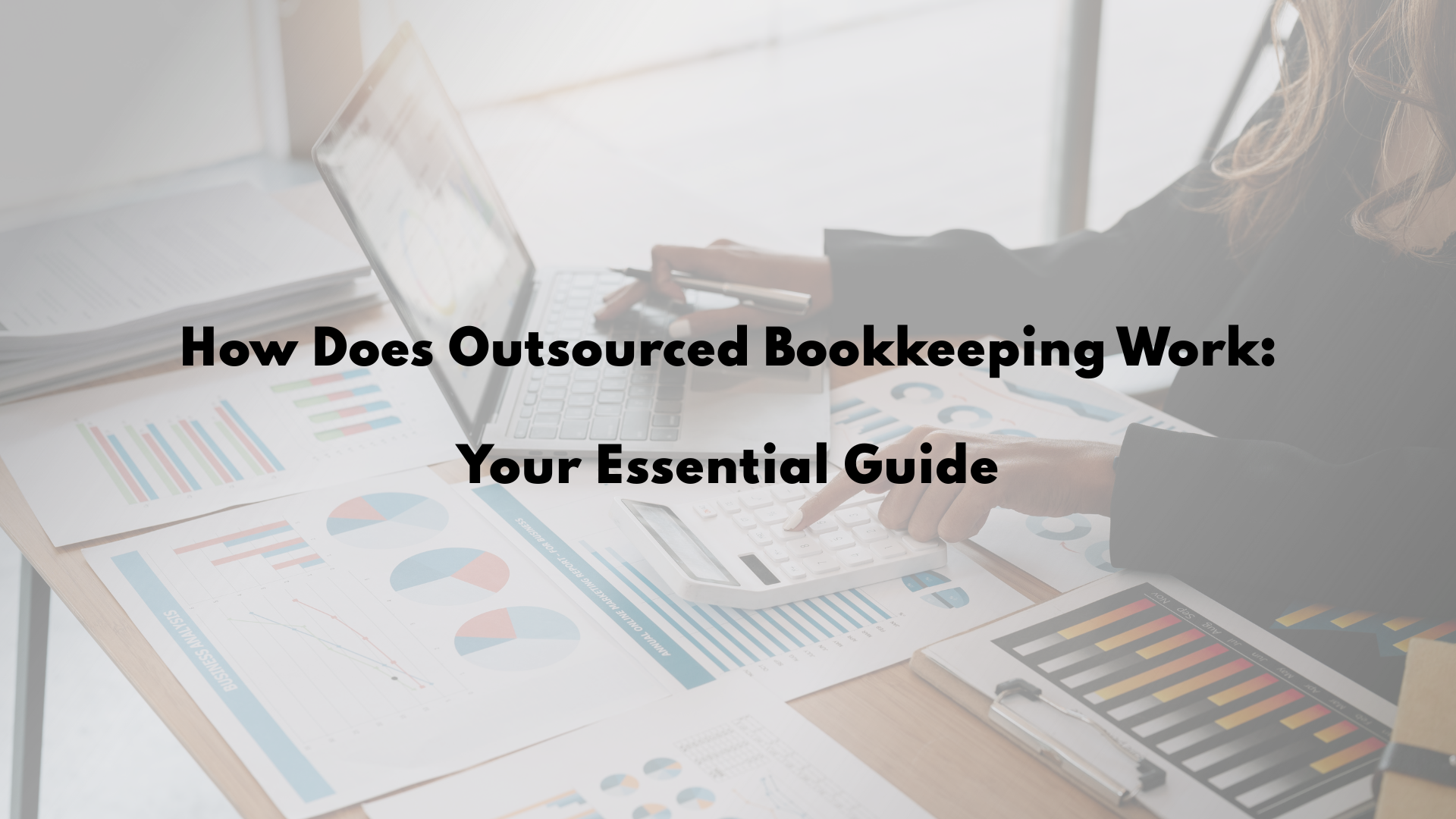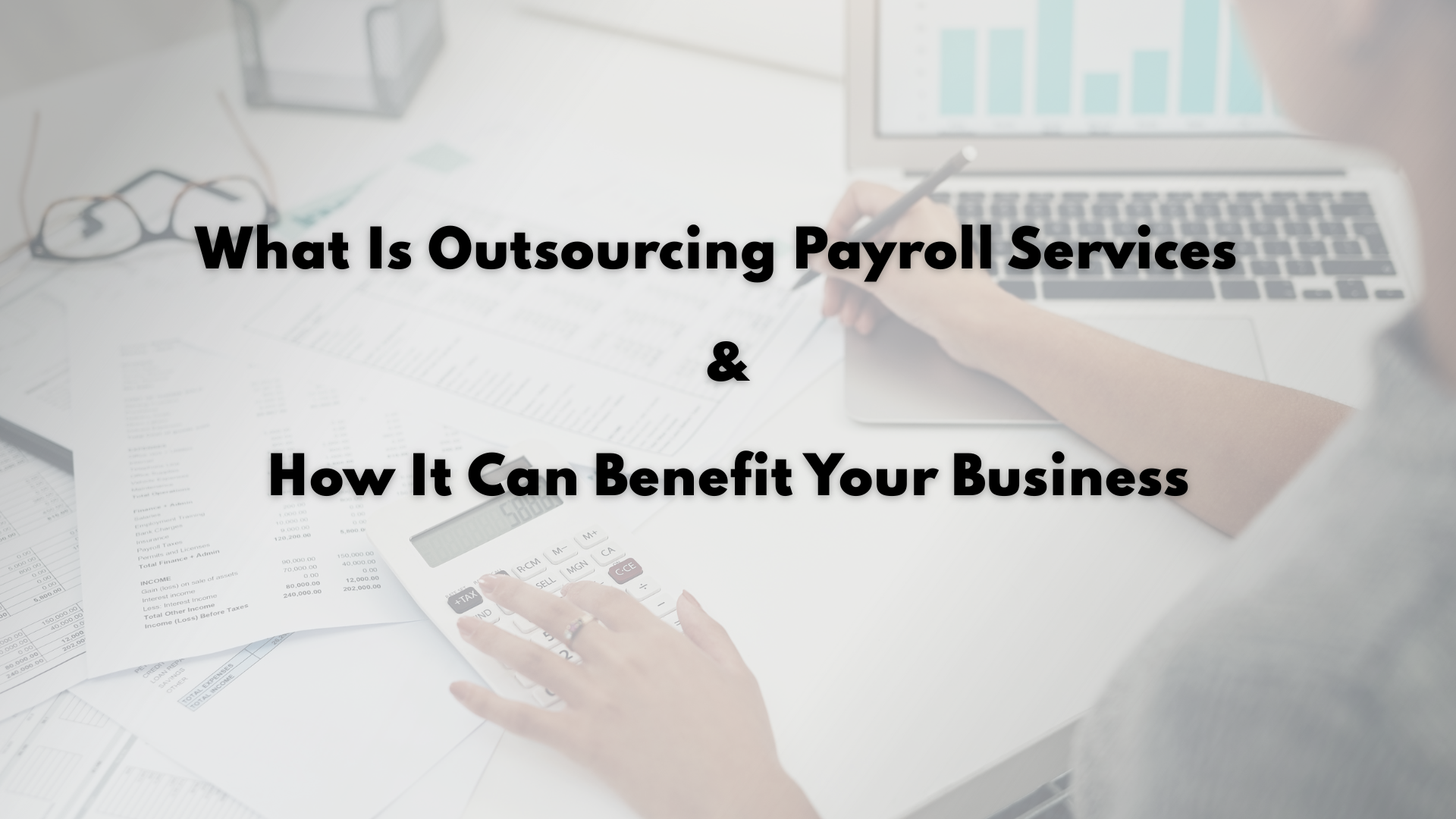CFO GROUP INTEGRATED SERVICES
How to Create Effective Google Ads: A Step-by-Step Guide (2025 Edition)
CMO Media Lab Pte Ltd • September 2, 2025
Introduction: Why You Should Create Google Ads That Drive ROI
In the digital marketplace, visibility is money. Google owns nearly 90% of the search engine market, which means running Google Ads is still the fastest way to connect with potential customers right when they’re searching.
With more than 63% of Google users clicking on ads, and paid clicks converting 50% better than organic traffic, learning how to create effective Google Ads campaigns isn’t optional—it’s essential. Done right, your Google Ads account becomes a predictable growth engine. Done incorrectly, your ad spend is wasted on irrelevant traffic.
This guide covers not only how to create Google Ads but also how to build an overall strategy, from your first campaign setup to writing high-performing search ads, scaling with video ads, responsive display ads, and even Performance Max campaigns.
Phase 1: Strategic Planning – Laying the Groundwork Before You Create Your First Campaign
The first step in creating effective ads is planning. Without a strategy, your ad campaign burns cash instead of generating ROI.
1. Define Goals and Choose the Right Campaign Types
| Campaign Type | Primary Focus | Key Metric |
|---|---|---|
| E-commerce | Driving online sales | ROAS (Return on Ad Spend) |
| Lead Generation | Capturing qualified leads | CPA (Cost per Acquisition) |
| Brand Awareness | Expanding reach and visibility | Branded keywords, impressions, reach |
2. Know Your Target Audience Before You Run Google Ads
To deliver the right message, you must know who’s searching. Define:
- Demographics: age, gender, income.
- Psychographics: pain points, motivators.
- Behavior: devices, Google search patterns.
When you use Google Ads to reach the right target audience, your ad copy resonates, and your landing page converts.
3. Keyword Research and Match Types
Keywords connect the user’s search to your offer. To bring in more conversions, target relevant keywords:
- Exact match: shows ads only for specific keywords.
- Broad match keywords: widest reach but risky (can pull in irrelevant traffic).
- Phrase match: balance of control and reach.
Always build a list of negative keywords (like “free” or “jobs”) to block wasted spend.
4. Competitor Insights to Strengthen Your Strategy
Check Auction Insights and tools like SEMrush. Look at their ad components: What ad content, ad copy, or call to action are they using? Can you offer a stronger USP?
5. Budget and Bidding Strategy: Setting a Profitable Daily Budget
Set a daily budget you’re comfortable with for your first 30–60 days. Test, then scale.
Pair your budget with the right bidding strategy:
- Manual CPC (rarely used now).
- Automated bidding / Smart Bidding (preferred in 2025).
👉 Planning Mistakes to Avoid: chasing clicks instead of ROI, using only broad match, no negative keywords, ignoring campaign settings, or over-splitting ad groups.
Phase 2: Building a Profitable Google Ads Campaign
Now it’s time to create your first campaign inside your Google Ads account. The way you structure, write ads, and design landing pages will directly affect ad quality and quality score.
1. Structure Campaigns and Ad Groups
Follow the hierarchy:
- Campaigns – one goal each (e.g., “Lead Gen – Plumbing”).
- Ad groups – tightly themed sets of specific keywords.
- Ads – must directly address the keywords in that ad group.
A tight structure boosts a high-quality score and reduces average CPC.
2. Write Ads That Convert
Strong ad content is crucial. Focus on ad components:
- Headline: keyword + benefit.
- Description: USP, credibility, business name.
- CTA: action-driven (“Book Now,” “Shop Today”).
Use Responsive Search Ads—they test headline and description variations to improve ad strength. Advertisers with Excellent strength see more conversions at a similar cost.
3. Use Ad Extensions
Google refers to them as ad extensions or assets. They improve visibility, CTR, and ad quality.
| Ad Extension Type | Purpose | Example Usage |
|---|---|---|
| Sitelinks | Direct users to key pages | Pricing, Services, Contact |
| Callouts | Highlight unique benefits or offers | “Free Shipping,” “24/7 Support” |
| Image Ads / Image Extensions | Add visual appeal to ads | Product images, service visuals |
| Location & Call Extensions | Drive local engagement and calls | Store address, “Call Now” button |
4. Choose the Right Bidding Strategy
Smart Bidding and automated bidding are expected to dominate in 2025. Options:
- Maximize Conversions (Suitable for New Campaigns).
- Target CPA (control lead costs).
- Target ROAS (great for e-commerce).
- Max Conversion Value (prioritize revenue).
5. Advanced Ad Targeting
Go beyond keywords with ad targeting options:
- Demographics (income, parental status).
- In-market audiences (ready to make a purchase).
- Remarketing lists (warm audiences).
6. Conversion Tracking
Install the tag on your website to measure results. Define what counts as a conversion action—such as form fills, purchases, or calls. Without this, you can’t optimize.
7. Optimize Landing Pages
Your final URL (landing page) is where the sale happens. Keep it:
- Fast and mobile-friendly.
- Consistent with ad copy.
- Focused on one call to action.
- Trustworthy (testimonials, reviews).
👉 Pro Tip: Tools like Google Ads Editor, Keyword Planner, and GA4 help manage campaigns, measure results, and improve ad quality.
Phase 3: Optimizing and Scaling Your Campaigns
Launching your first campaign is only the beginning. Google Ads work best with continuous optimization.
1. Monitor Performance
- Search Terms Report → add new relevant keywords or negatives.
- Test different ad copy and ad components.
- Adjust daily budget, bids, and campaign settings.
- Track click-through rate, cost per conversion, and average CPC.
2. Expand Campaign Types
Once the search is profitable, scale into:
- Display campaigns → remarketing with image ads and responsive display ads.
- Video ads → storytelling on YouTube.
- Performance Max → AI-driven, covering search campaigns, display ads, video ads, and Gmail.
- Brilliant campaign → simplified version for small businesses.
3. Metrics That Matter
Forget vanity stats. Focus on:
- Conversions and more conversions over time.
- CPA (cost per acquisition).
- ROAS (return on ad spend).
- CTR (ad engagement).
- Quality score (relevance, CTR, landing page experience).
4. Common Pitfalls
- Not testing ad copy.
- Scaling without proven ROI.
- Relying only on a broad match.
- Poor ad targeting.
- Ignoring conversion tracking
Conclusion: How to Create Effective Google Ads That Scale Profitably
Learning how to create effective Google Ads is not about tricks—it’s about discipline:
- Plan strategically – define goals, research keywords, and understand your target audience.
- Build precisely – structure ad groups, write ads with strong ad components, and use ad extensions.
- Optimize relentlessly – refine bidding strategy, improve ad quality, test ad copy, and expand to new campaign types.
Whether you run search campaigns, display campaigns, or Performance Max, the principles are the same: align ad spend with measurable ROI, deliver the right message at the right time, and continuously measure results.
Done right, Google Ads isn’t an expense—it’s one of the most predictable, scalable revenue drivers your business can use in 2025.
Why Partner with CMO Media Lab to Run Google Ads That Deliver Results
Running Google Ads is easy—making Google Ads profitable is not. At CMO Media Lab, we don’t just set up campaigns; we engineer them to be growth systems. Our team specializes in turning ad spend into measurable ROI by applying advanced bidding strategies, structuring high-converting ad groups, and optimizing every ad component—from responsive search ads to Performance Max campaigns.
We’ve built a reputation as a Google Ads agency that cuts out guesswork. Every ad campaign we run is backed by data, constant optimization, and a focus on delivering more conversions at lower costs. Whether you’re launching your first campaign, scaling e-commerce sales, or capturing high-intent leads, we position your brand in front of the right Google users with the right message at the right time.
CMO Media Lab isn’t just about creating ads—we’re about building a predictable pipeline of potential customers that drives real business growth.
